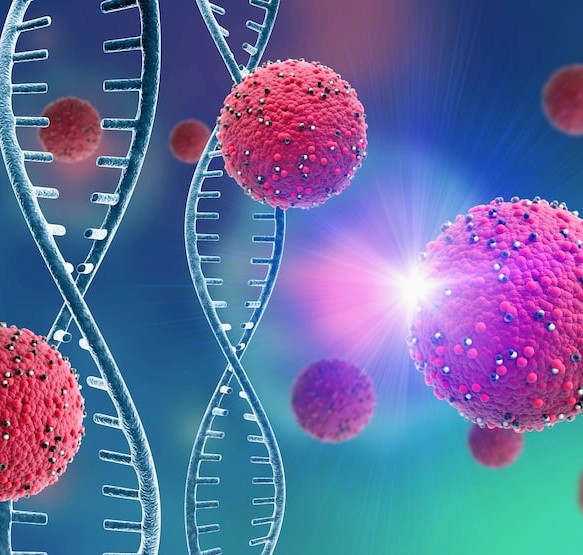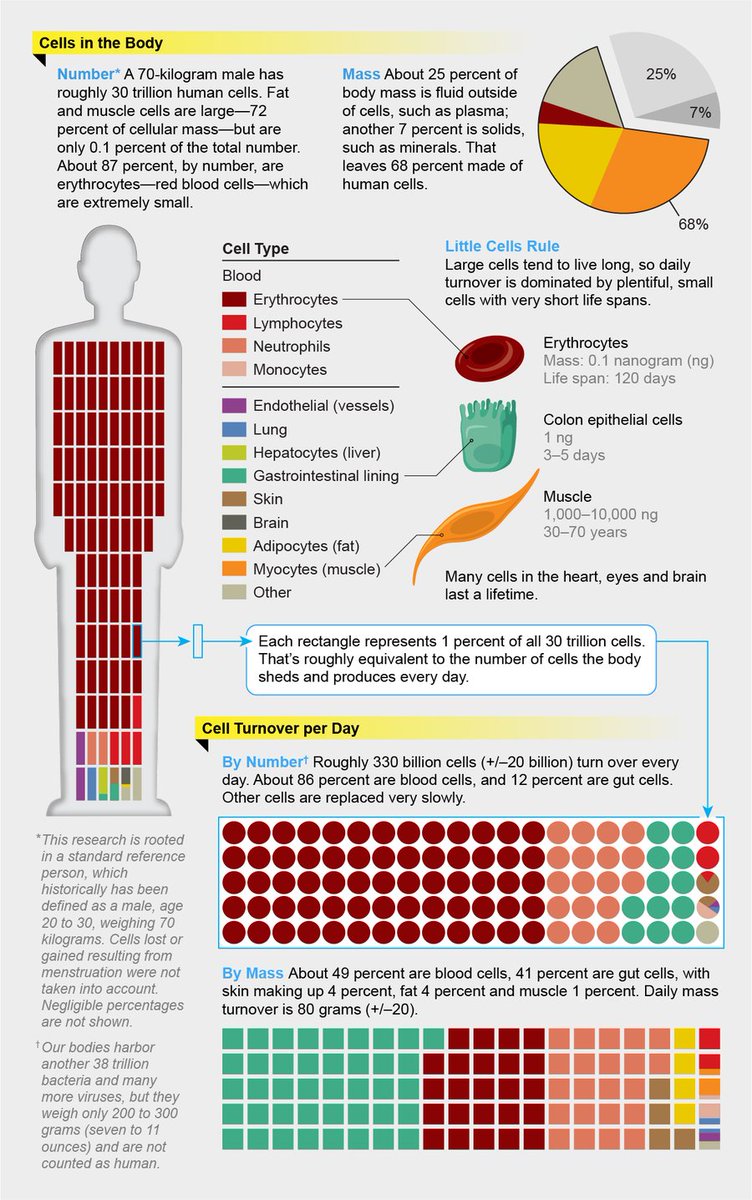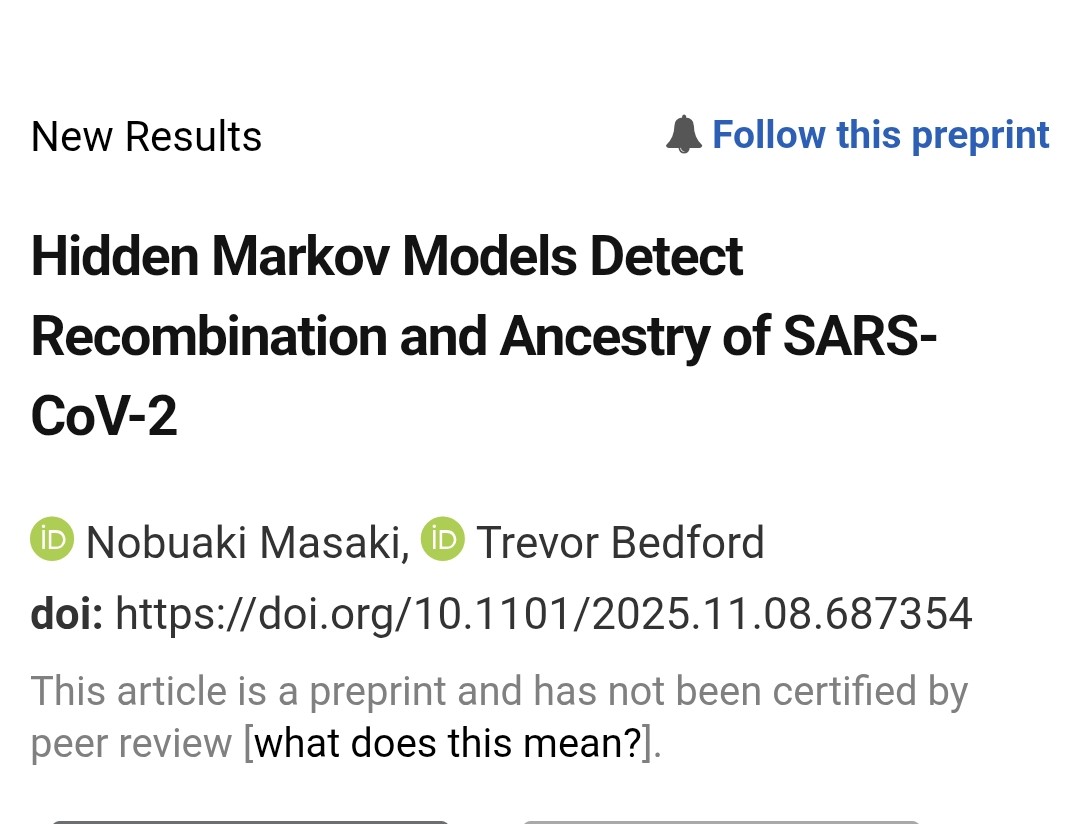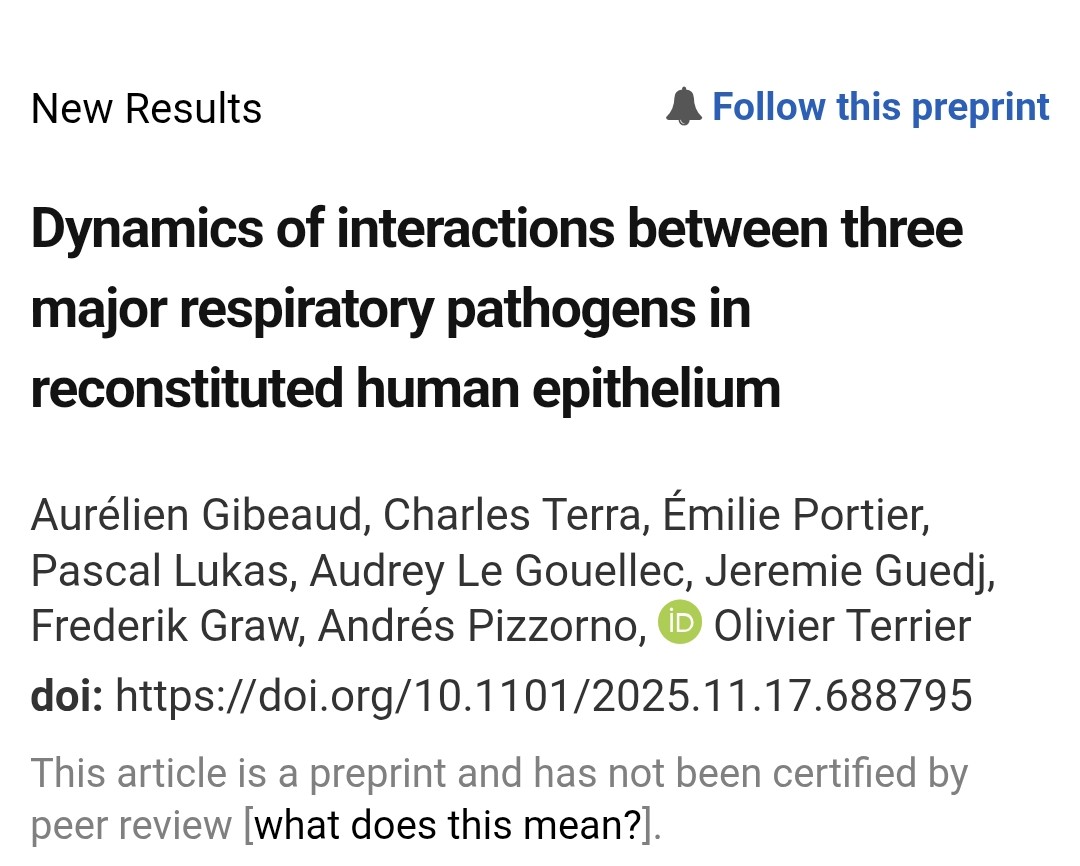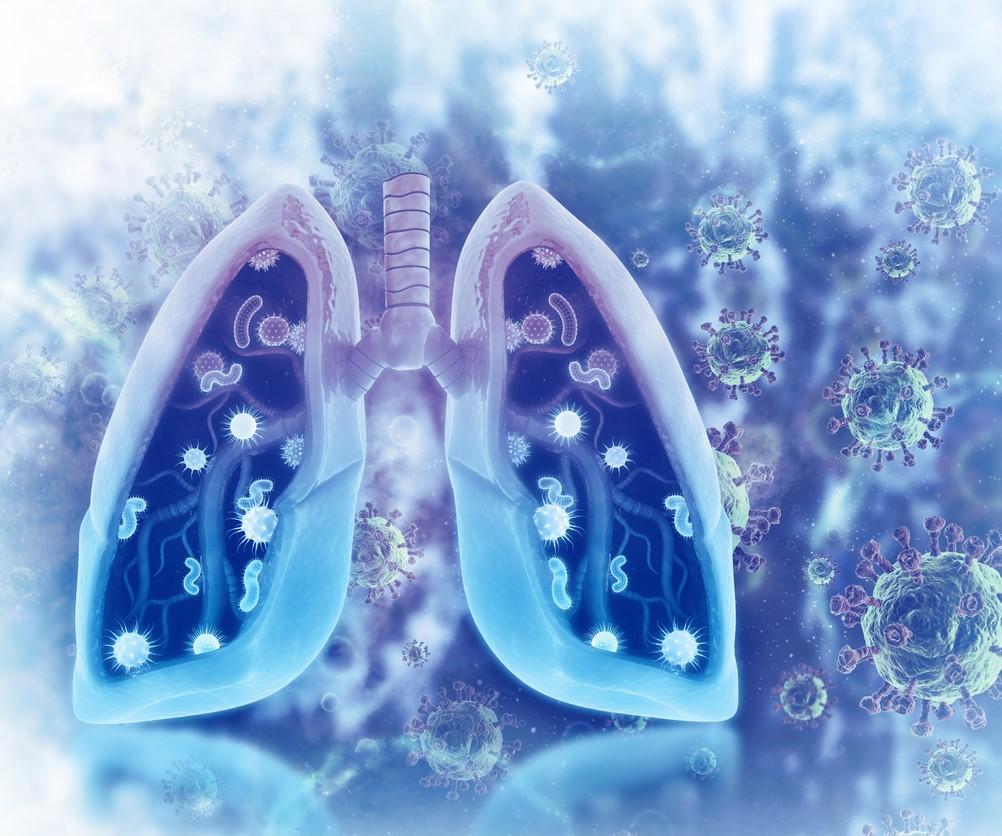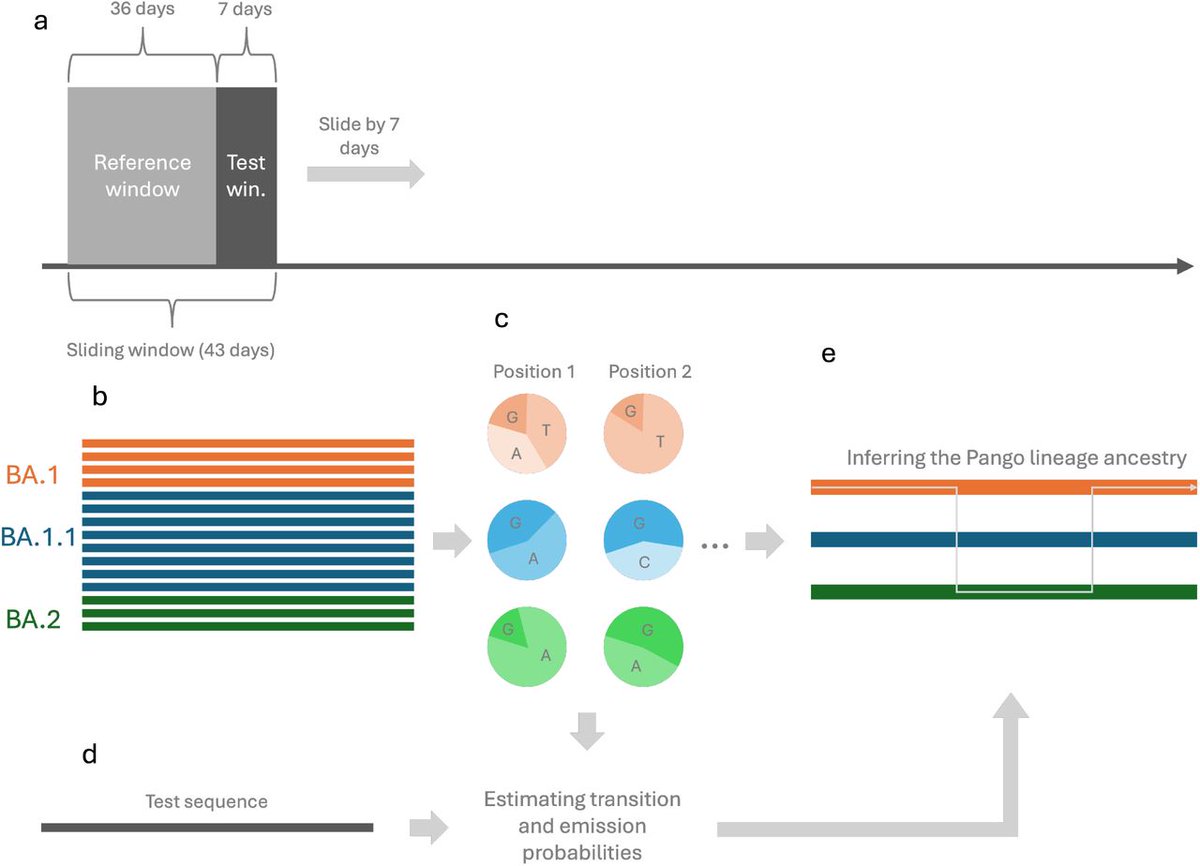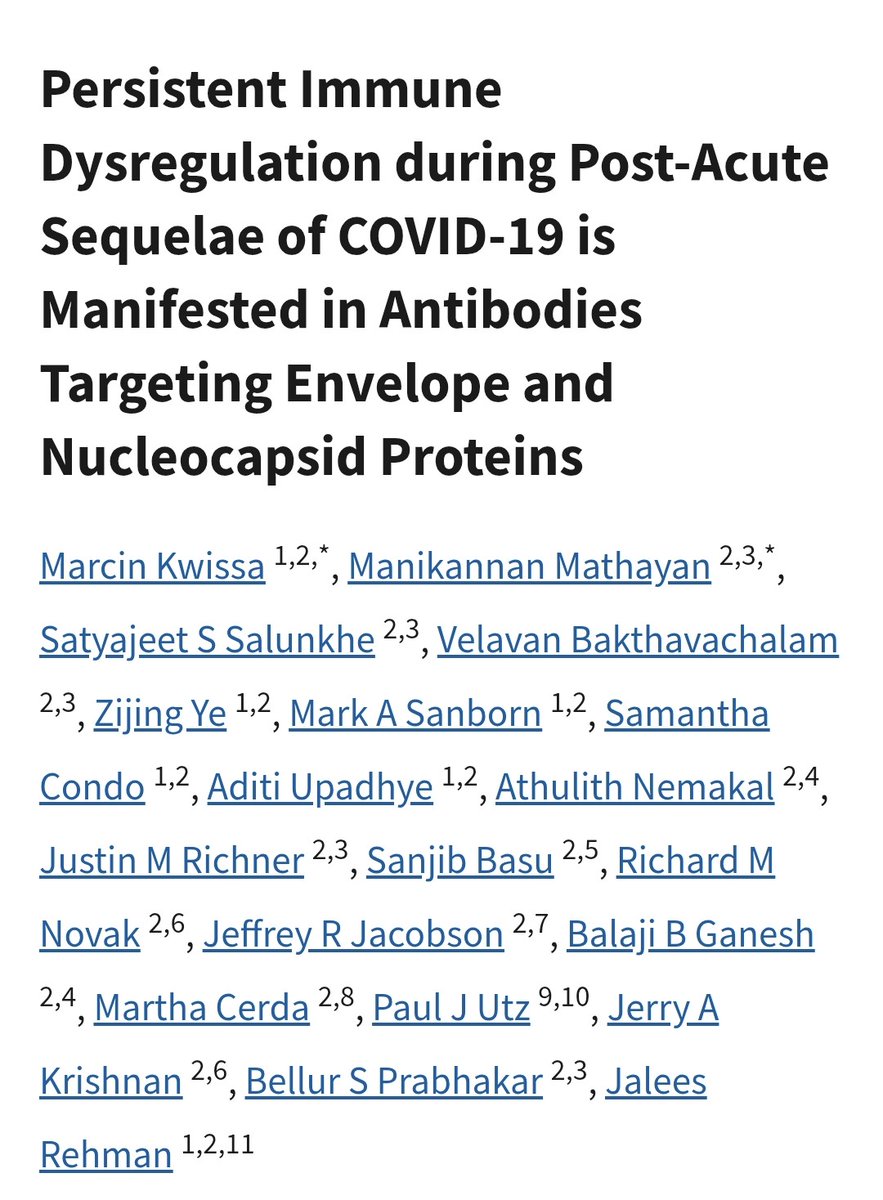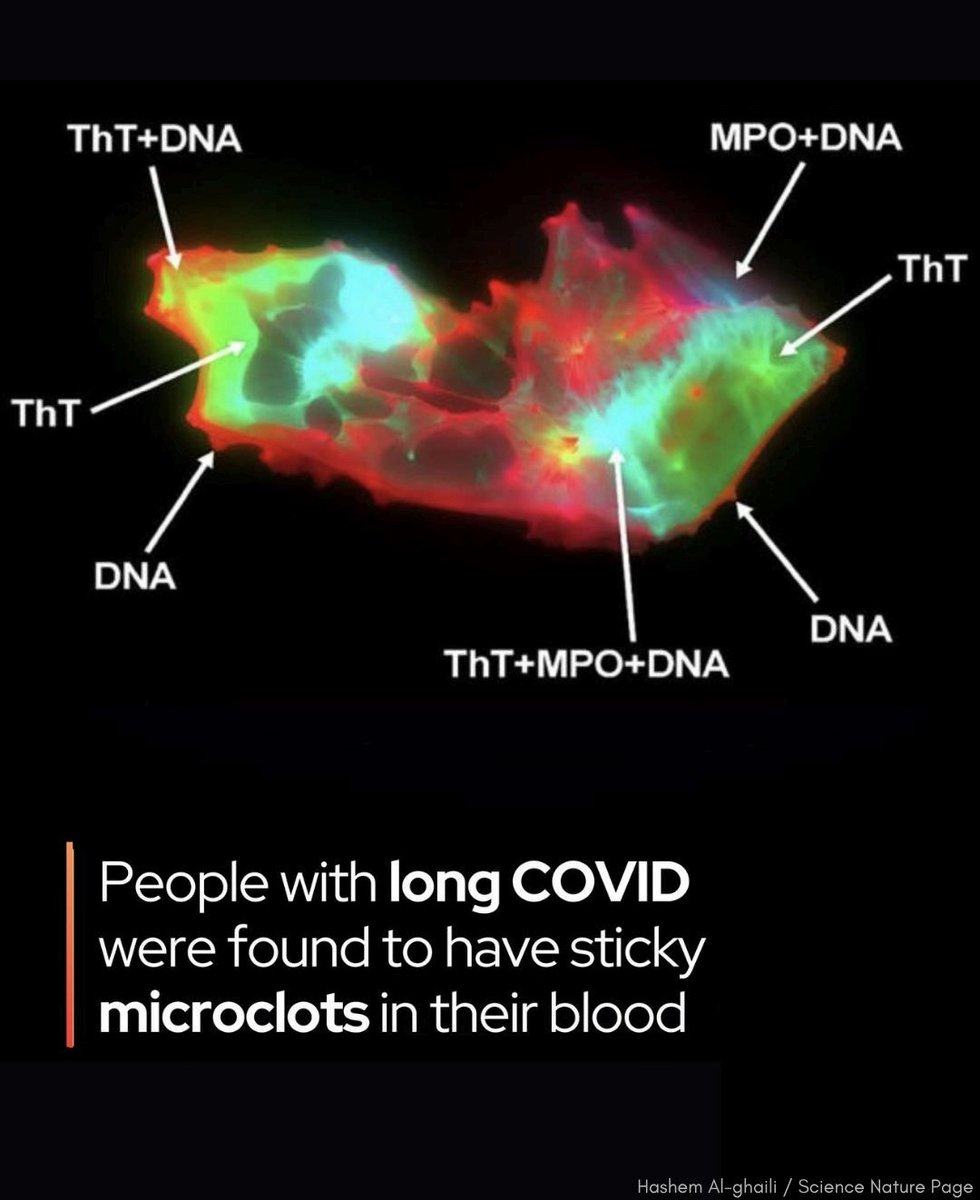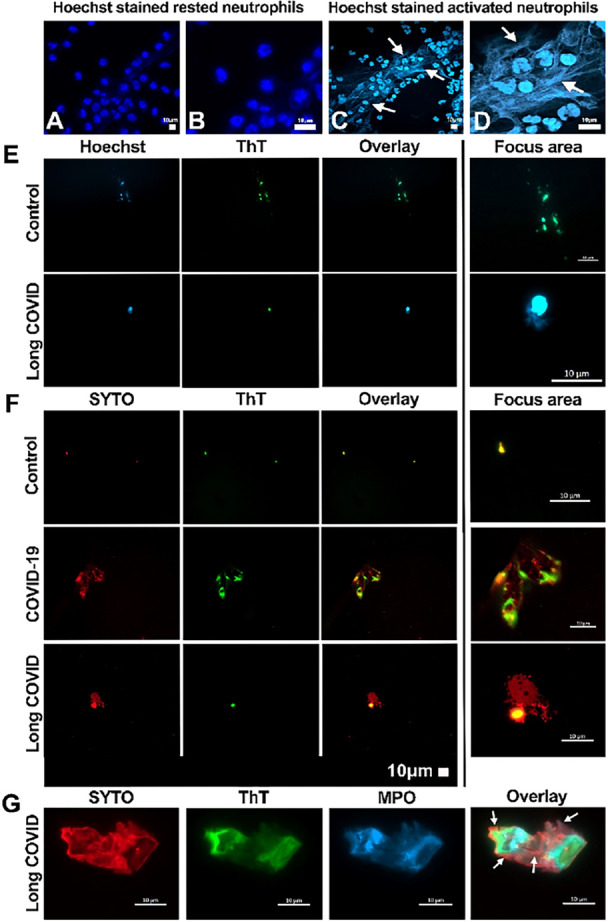H5N1 INFECTION through the MOTHER'S MILK
The results showed that intramammary H5N1 infection led to 100% mortality in the ferret dams and their suckling kits 😨
biorxiv.org/content/10.110…
The results showed that intramammary H5N1 infection led to 100% mortality in the ferret dams and their suckling kits 😨
biorxiv.org/content/10.110…

2) This study looked at how the H5N1 bird flu virus can spread from infected dairy cows to their newborn calves through the mother's milk.
The researchers infected the mammary glands (breast tissue) of mother ferrets with the H5N1 virus found in dairy cows.
The researchers infected the mammary glands (breast tissue) of mother ferrets with the H5N1 virus found in dairy cows.

3) They found that this led to 100% of the mother ferrets and their nursing baby ferrets dying from the infection.
The virus was able to reach very high levels in the infected mothers' milk and spread to the babies' respiratory systems when they drank the milk.
The virus was able to reach very high levels in the infected mothers' milk and spread to the babies' respiratory systems when they drank the milk.

4) This caused severe illness and rapid death in the baby ferrets.
Importantly, the researchers also found that the type of cell receptor the H5N1 virus needs to infect cells is present in both the mammary glands of the ferrets and in human breast tissue.
Importantly, the researchers also found that the type of cell receptor the H5N1 virus needs to infect cells is present in both the mammary glands of the ferrets and in human breast tissue.

5) This suggests the virus could potentially spread from infected dairy cows to nursing human mothers and their babies through the milk.
This animal study provides a useful model for understanding how the H5N1 virus can spread through milk and ...
This animal study provides a useful model for understanding how the H5N1 virus can spread through milk and ...

6) ...the risks it poses, especially for dairy farmers, nursing mothers and their infants. This information is crucial for controlling outbreaks and preventing the virus from spreading between animals and to humans.
Thanks for reading 🙏
Thanks for reading 🙏
• • •
Missing some Tweet in this thread? You can try to
force a refresh


